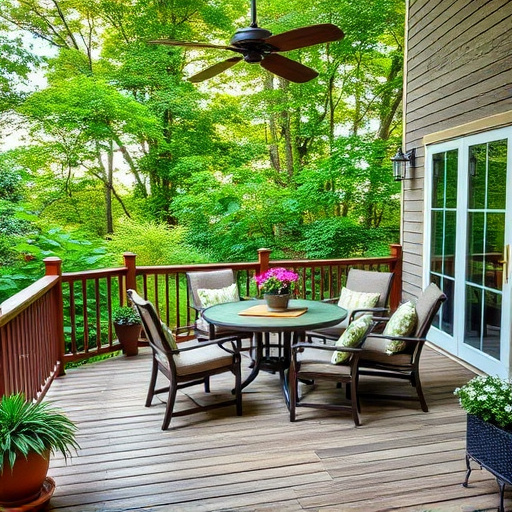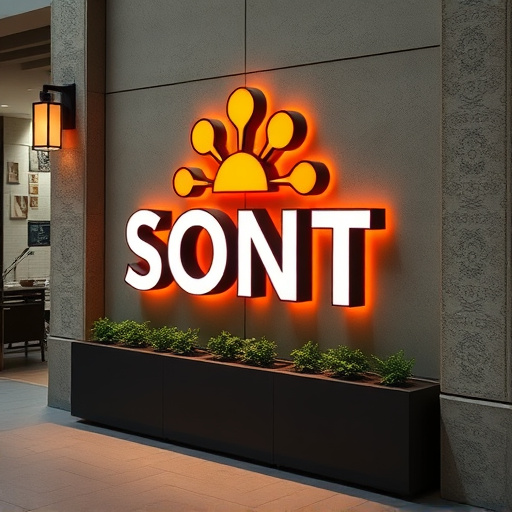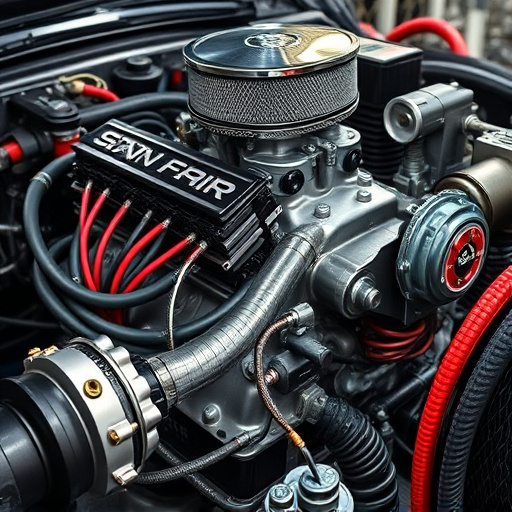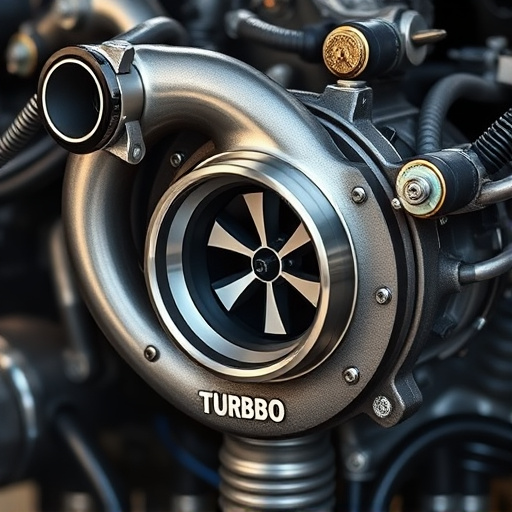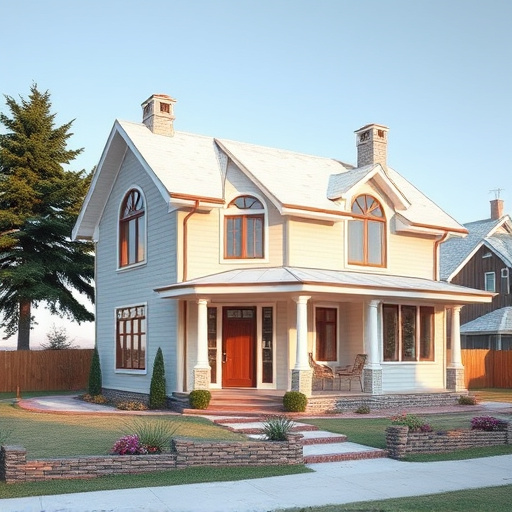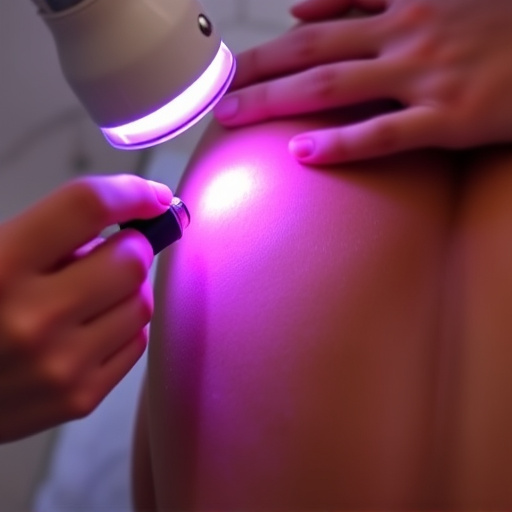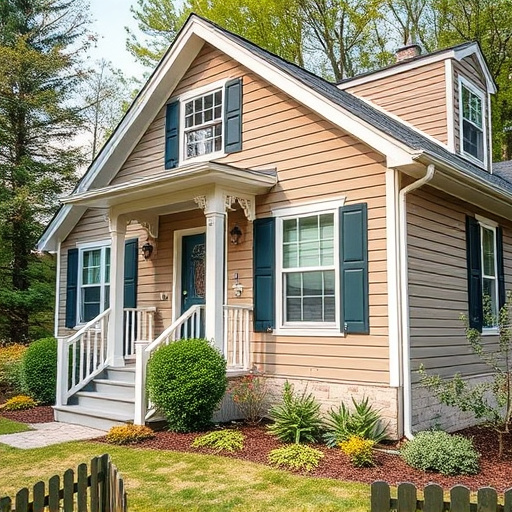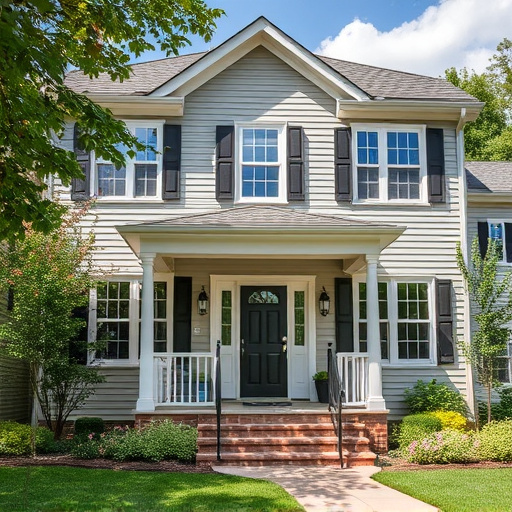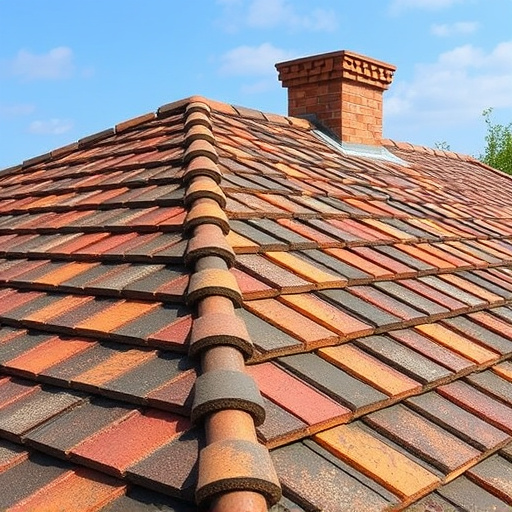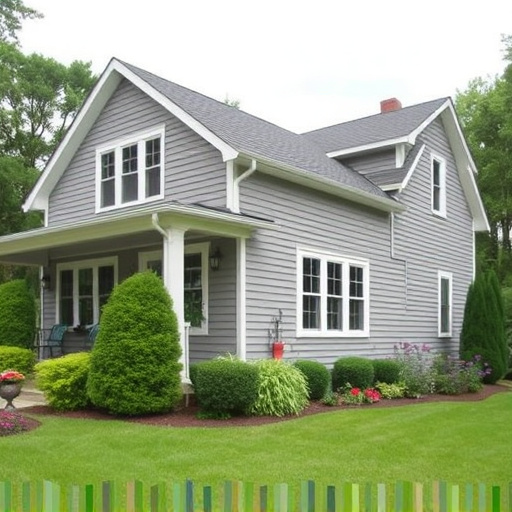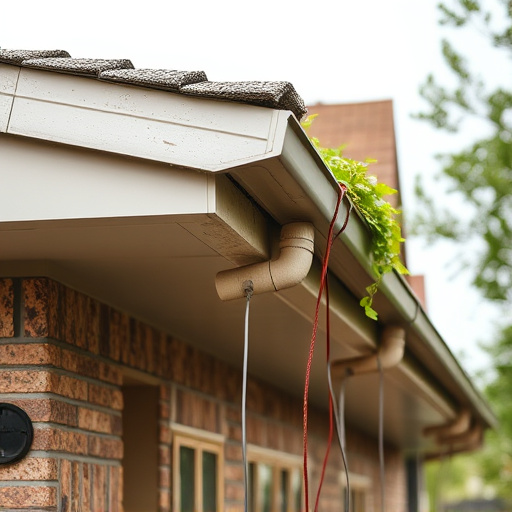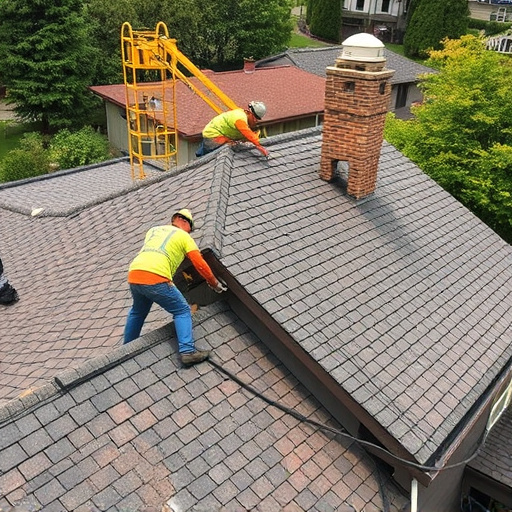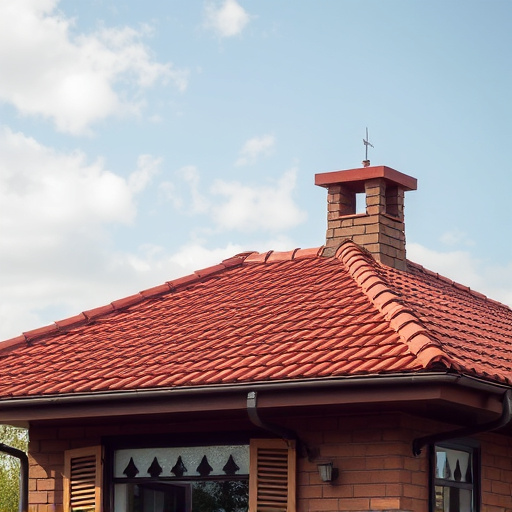Commercial siding offers versatile design options with durable materials like vinyl, fiber cement, and metal, catering to architectural styles and climate needs. Installation involves meticulous planning, material selection, removal of old siding, preparation, precise panel placement, and sealing for enhanced energy efficiency and aesthetic appeal. Regular maintenance, including cleaning, inspections, and damage repairs, extends the lifespan and preserves the commercial siding's beauty.
“Looking to refresh your business’s exterior? Commercial siding installation offers a powerful way to enhance curb appeal, protect structures, and improve energy efficiency. This comprehensive guide unveils everything you need to know about the process, materials, and benefits of choosing commercial siding.
From understanding diverse materials and styles that suit your building’s unique needs to navigating the step-by-step installation process, we’ll equip you with valuable insights. Plus, discover post-installation maintenance tips and enjoy the long-term advantages of a job well done.”
- Understanding Commercial Siding: Materials and Styles
- The Installation Process: Step-by-Step Guide
- Post-Installation: Maintenance Tips and Benefits
Understanding Commercial Siding: Materials and Styles
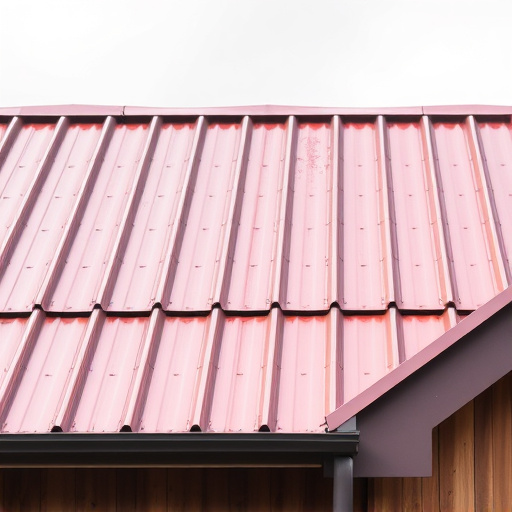
Commercial siding is a significant aspect of any business or industrial property’s exterior design and protection. When considering a commercial siding installation, understanding the materials and styles available is crucial. The options vary widely, from traditional materials like vinyl, aluminum, and steel to more innovative choices such as fiber cement and engineered wood. Each material has its unique properties, offering various levels of durability, insulation, and aesthetic appeal.
In terms of styles, commercial siding can range from flat panels to complex designs, including textures and patterns that mimic brick or stone. The choice often depends on the building’s architecture, climate considerations, and the desired visual impact. For instance, a modern glass facade might pair well with sleek metal siding, while a traditional brick structure could benefit from vinyl siding offering a similar aesthetic. This versatility ensures businesses can enhance their property’s curb appeal while also considering practical factors like maintenance, cost-effectiveness, and long-term performance—essential aspects when compared to residential roofing or roof repair needs.
The Installation Process: Step-by-Step Guide
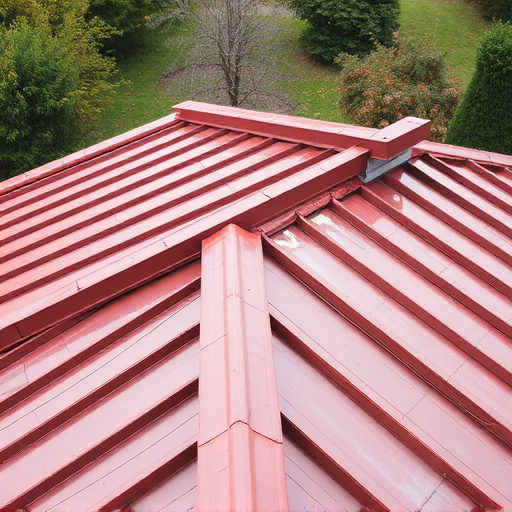
The installation process for commercial siding begins with a thorough inspection of the existing exterior to assess its condition. A professional roofing consultant will then create a detailed plan, taking into account factors like building structure, climate, and the type of commercial siding chosen—be it vinyl, fiber cement, or metal. This step is crucial as it ensures the new siding seamlessly integrates with the building’s architecture and provides long-lasting protection.
Next, the old siding (if any) is removed, along with any damaged or rotten materials in the underlying structure. The roof and gutters are secured to withstand the installation process. After preparing the surface, the professional siding team attaches a primer to enhance adhesion. Then, they start installing the new siding panels, following a systematic approach that ensures even gaps and proper sealing. This meticulous process involves precise measuring, cutting, and nailing for a secure fit, ultimately enhancing the building’s aesthetic appeal and energy efficiency.
Post-Installation: Maintenance Tips and Benefits
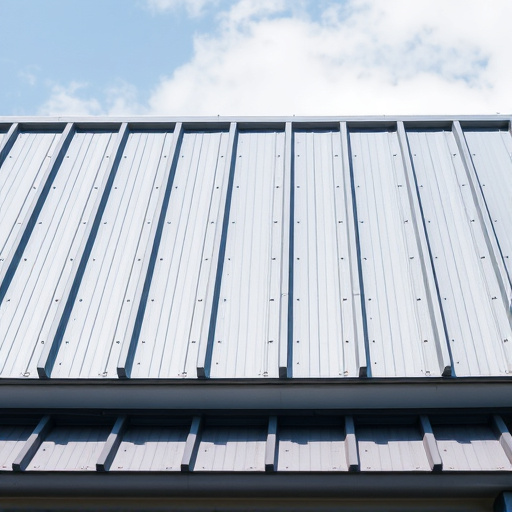
After a successful commercial siding installation, maintaining your new exterior is crucial to ensure its longevity and aesthetic appeal. Regular cleaning and inspection are key components of post-installation care. Start by removing any built-up dirt or debris using a soft brush or pressure washer, following the manufacturer’s guidelines for recommended cleaning methods. Avoid using harsh chemicals that could damage the siding material.
One of the primary benefits of proper maintenance is extending the lifespan of your commercial siding. Regular checks can also help identify minor issues early on, preventing them from escalating into costly roof replacement or repair problems. Staying vigilant ensures that any potential damages, such as cracks or loose panels, are addressed promptly, maintaining the overall structural integrity of your building’s exterior.
When considering a commercial siding installation, understanding the process and benefits is key. From selecting the right materials for your building’s unique needs to the step-by-step installation guide, each aspect plays a vital role in ensuring a durable and aesthetically pleasing exterior. Post-installation, proper maintenance tips will help maximize the advantages of this game-changing upgrade, enhancing curb appeal and protecting your property for years to come. Commercial siding is not just about aesthetics; it’s an investment that offers both practical and financial benefits.
